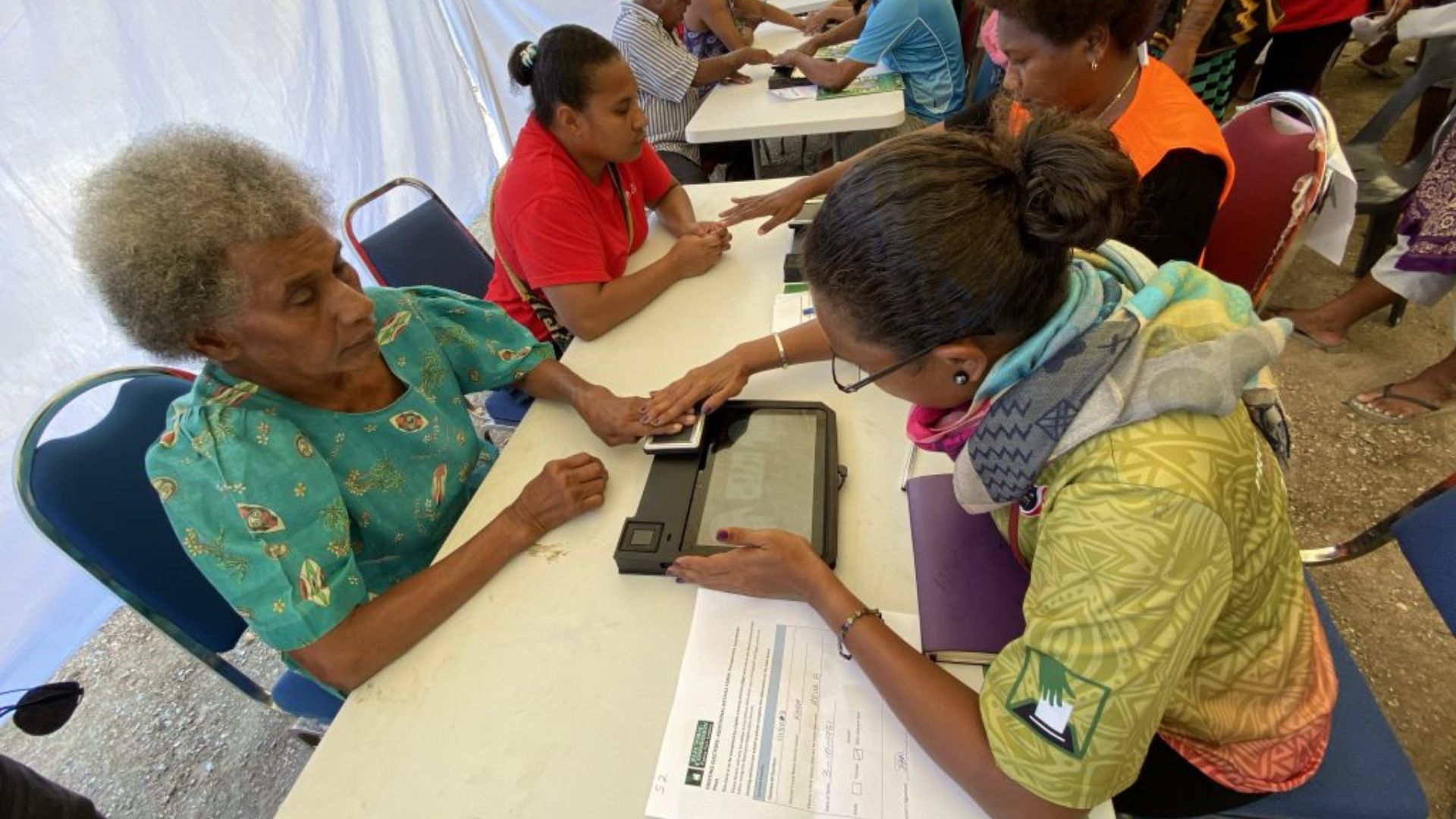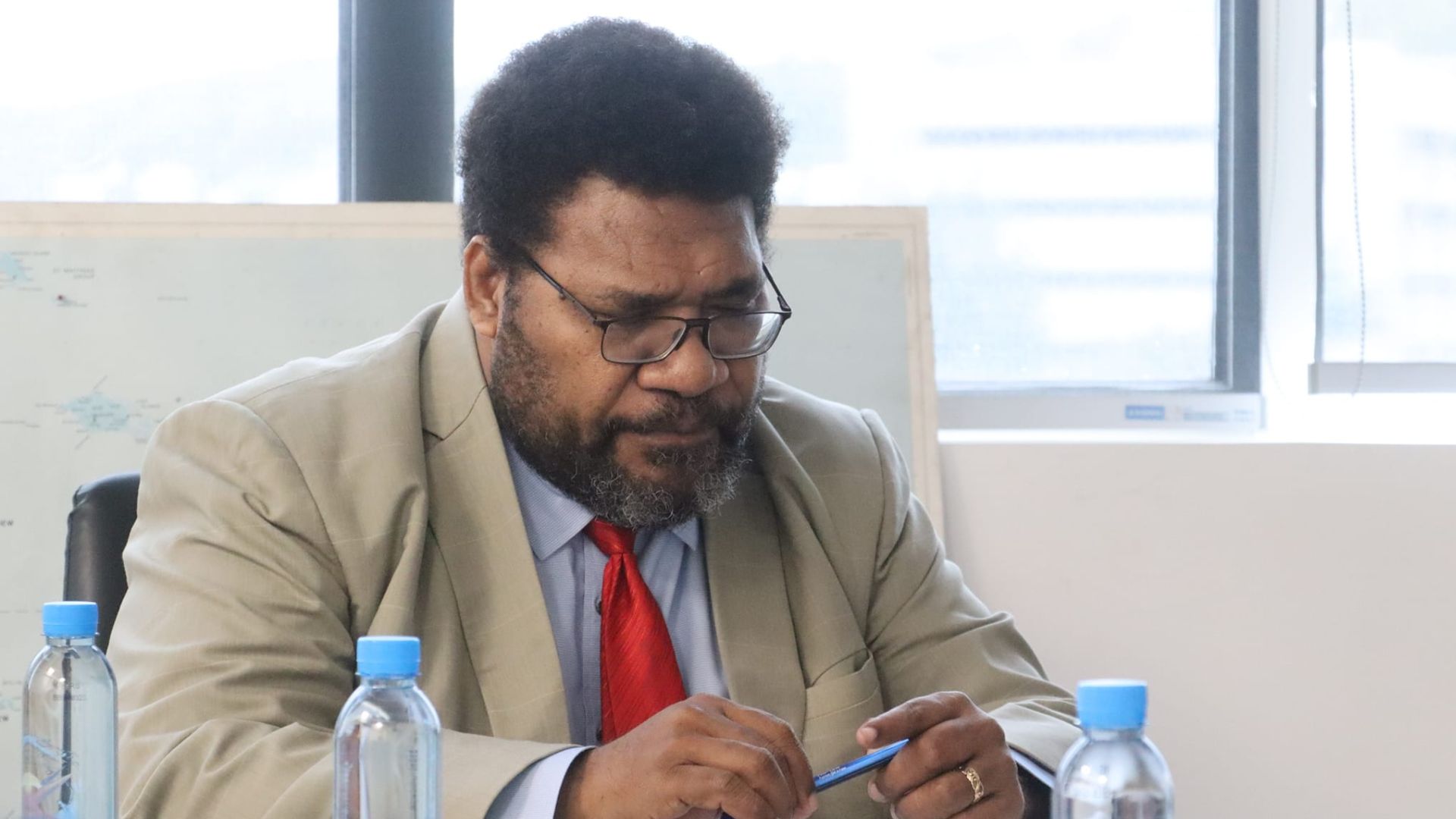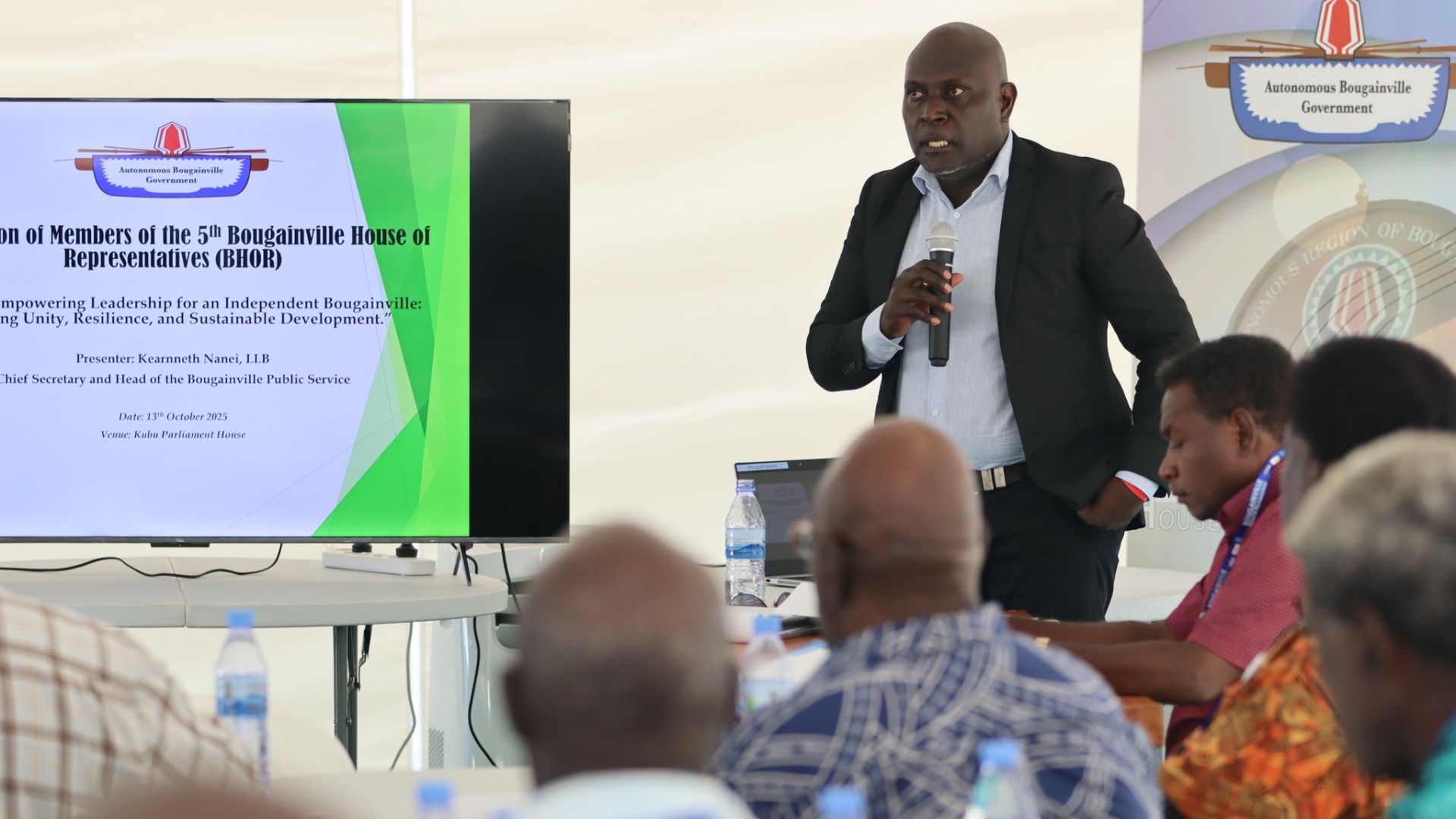United Nations Population Fund Agencies has reported that every two minutes, a woman dies during pregnancy or childbirth.
This report of trends in maternal mortality, reveals alarming setbacks for women’s health over recent years, as maternal deaths either increased or stagnated in nearly all regions of the world.
Director-General of the World Health Organization, Dr. Tedros Adhanom Ghebreyesus said that while pregnancy should be a time of immense hope and a positive experience for all women, it is tragically still a shockingly dangerous experience for millions around the world who lack access to high quality, respectful health care.
“These new statistics reveal the urgent need to ensure every woman and girl has access to critical health services before, during and after childbirth, and that they can fully exercise their reproductive rights.”
The report, which tracks maternal deaths nationally, regionally and globally from 2000 to 2020, shows there were an estimated 287, 000 maternal deaths worldwide in 2020.
This marks only a slight decrease from 309, 000 in 2016 when the Sustainable Development Goals (SDGs) came into effect. While the report presents some significant progress in reducing maternal deaths between 2000 and 2015, gains largely stalled.
In addition to this, UNICEF Executive Director Catherine Russell said that for millions of families, the miracle of childbirth is marred by the tragedy of maternal deaths. She added "No mother should have to fear for her life while bringing a baby into the world, especially when the knowledge and tools to treat common complications exist."
“Equity in healthcare gives every mother, no matter who they are or where they are, a fair chance at a safe delivery and a healthy future with their family.”
Meanwhile, maternal deaths continue to be largely concentrated in the poorest parts of the world and in countries affected by conflict."
"In 2020, about 70% of all maternal deaths were in sub-Saharan Africa and in nine countries facing severe humanitarian crises, maternal mortality rates were more than double the world average. This saw a total of 551 maternal deaths per 100 000 live births."
Global Director for Health, Nutrition and Population at the World Bank, Juan Pablo Uribe said this report provides yet another stark reminder of the urgent need to double down on our commitment to women and adolescent health.
"Leading causes of maternal deaths includes severe bleeding, high blood pressure, pregnancy-related infections, complications from unsafe abortion, and underlying conditions that can be aggravated by pregnancy."
"These are all largely preventable and treatable with access to high-quality and respectful healthcare."
"Community-centered primary health care can meet the needs of women, children and adolescents and enable equitable access to critical services such as assisted births and pre- and postnatal care, childhood vaccinations, nutrition and family planning."
"However, underfunding of primary health care systems, a lack of trained health care workers, and weak supply chains for medical products can be seen as a threatening progress if not made priority."
Furthermore, a total of 270 million women lack access to modern family planning methods. Exercising control over their reproductive health is critical to ensure that women can plan and space childbearing to protect their health.
Furthermore, COVID-19 pandemic may have further hindered progress in maternal health. "Noting the current data series ends in 2020, more data will be needed to show the true impacts of the pandemic on maternal deaths."
"However, COVID-19 infections can increase risks during pregnancy, so countries should take action to ensure pregnant women and those planning pregnancies have access to COVID-19 vaccines and effective antenatal care."







